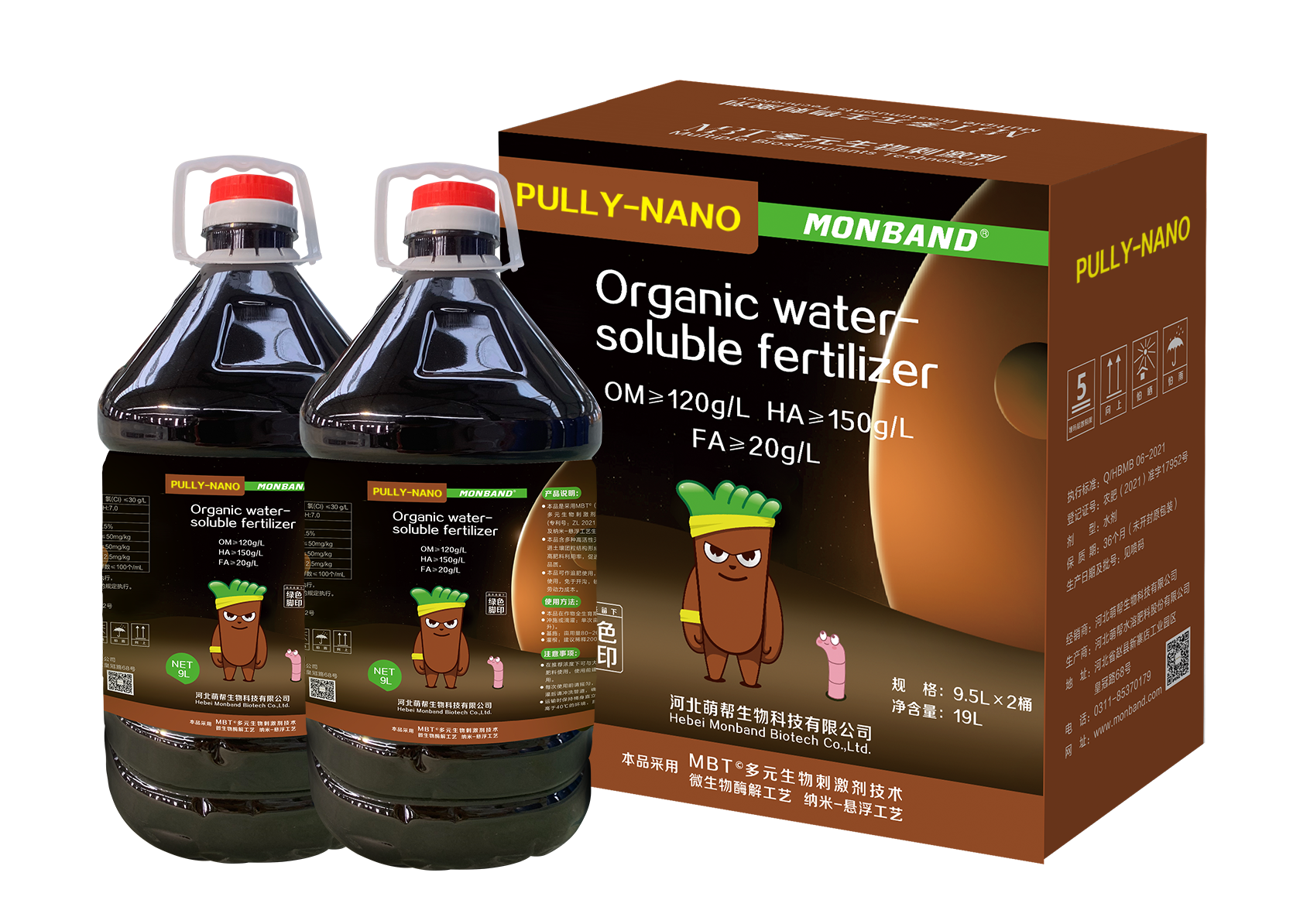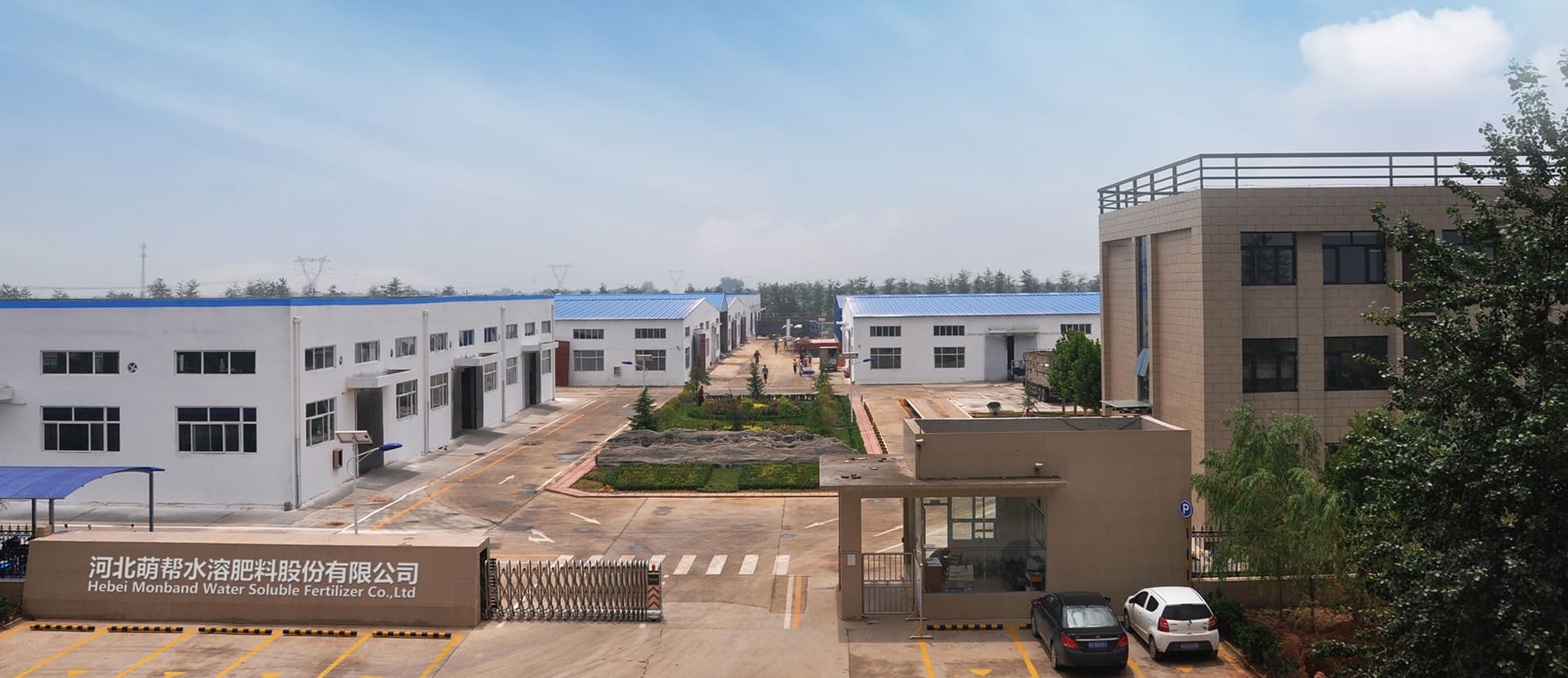Recently, due to the continuous high temperatures, pigment peppers are prone to overgrowth. It is manifested as excessive growth of stems and leaves, reduced flowering and fruit setting, which seriously affects yield and quality.
So, what are the causes of overgrowth? Then, how should it be dealt with through nutritional regulation?
The main causes of overgrowth:
1. High temperature and small temperature difference between day and night: Excessively high night temperatures enhance the respiration of plants. The photosynthetic products are mainly consumed during the growth of stems and leaves.
2. Excessive use of nitrogen fertilizer: In high-temperature environments, plants absorb nitrogen more rapidly, and excessive nitrogen promotes excessive growth of branches and leaves.
To address the issue of overgrowth, it is recommended to carry out nutritional regulation from the following aspects:
Control nitrogen fertilizer and supplement potassium and calcium: Reduce the use of high-nitrogen fertilizer. Increase the input of elements such as potassium and calcium. Promote the balance between nutrition and reproductive growth, and increase the fruit setting rate.
Note:
When managing overgrowth, avoid overdoing it to prevent inhibiting the normal growth of the plant. Instead, it has an adverse effect on the yield and quality of chili peppers. In addition, under continuous high-temperature conditions, the root system is prone to premature aging and other problems. It affects the efficiency of water and fertilizer absorption and the later performance of the plant.

Therefore, it is recommended to enhance root system care. It is recommended to use Monband® MBT PULI-NANO(MBT SUS). Improve the rhizosphere soil environment, extend the functional period of the root system, and provide a guarantee for the stable and high yield of peppers.





 Learn more
Learn more
 冀公网安备13019902000986
冀公网安备13019902000986